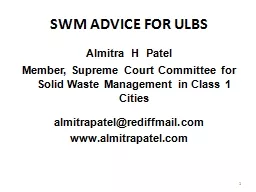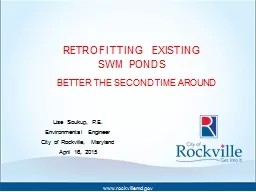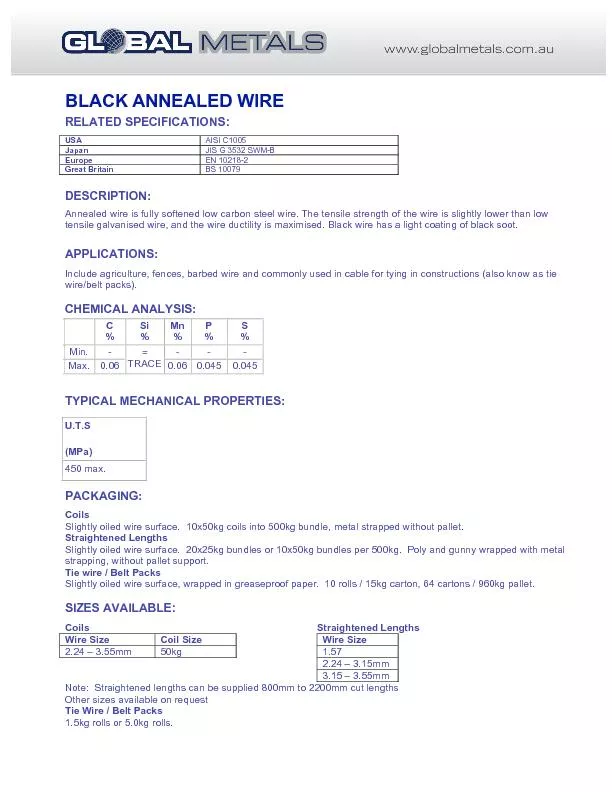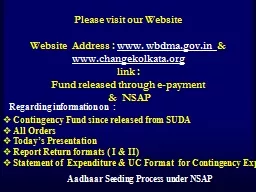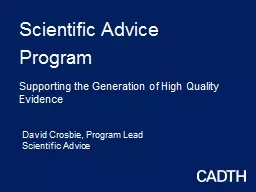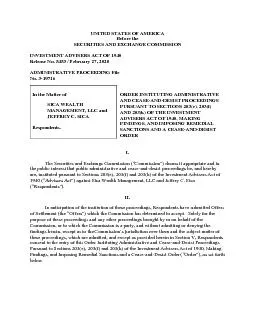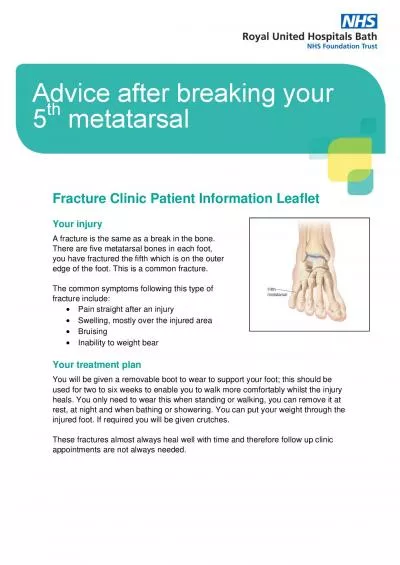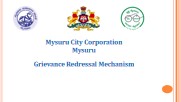PPT-SWM ADVICE FOR ULBS
Author : mitsue-stanley | Published Date : 2016-08-04
Almitra H Patel Member Supreme Court Committee for Solid Waste Management in Class 1 Cities almitrapatelrediffmailcom wwwalmitrapatelcom 1 MSW RULES ARE MANDATORY
Presentation Embed Code
Download Presentation
Download Presentation The PPT/PDF document "SWM ADVICE FOR ULBS" is the property of its rightful owner. Permission is granted to download and print the materials on this website for personal, non-commercial use only, and to display it on your personal computer provided you do not modify the materials and that you retain all copyright notices contained in the materials. By downloading content from our website, you accept the terms of this agreement.
SWM ADVICE FOR ULBS: Transcript
Download Rules Of Document
"SWM ADVICE FOR ULBS"The content belongs to its owner. You may download and print it for personal use, without modification, and keep all copyright notices. By downloading, you agree to these terms.
Related Documents

